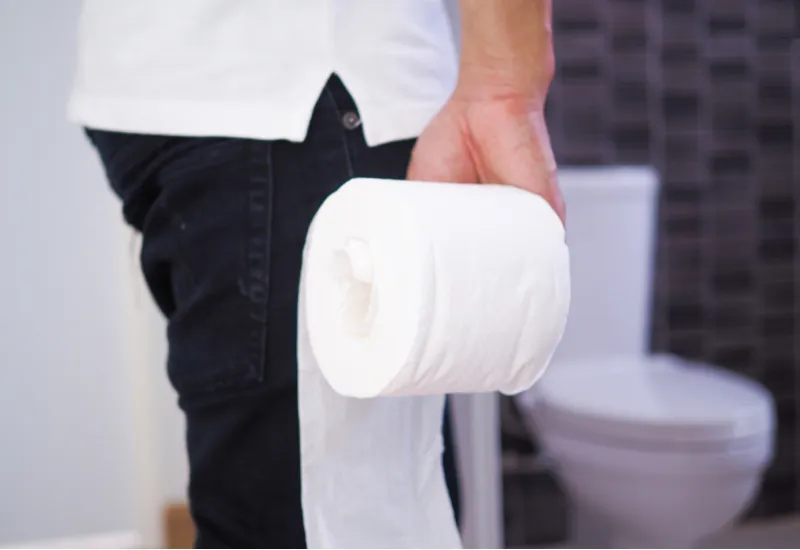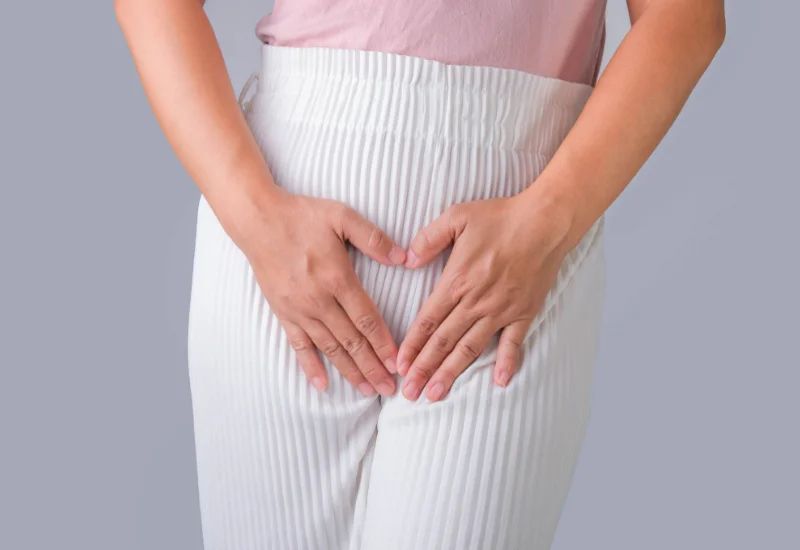Quick Links
For Patients
For Physicians
- Refer a patient to a specialist
- Order labs for patients
- Order radiology for patients
- Order At-Home Services
- Get your practice listed
For Companies

© Copyright 2024 American TelePhysicians. All rights reserved.





An anal fissure is a minute or thin tear in the mucosal lining of the anus or anal canal. The anus is the opening through which your digestive system releases waste discharge in the form of stool. Persistent strain or pressure around the anus lining can result in an anal fissure. It is much more common among infants, and the risk of this condition decreases with increasing age. Dietary factors, bowel movement habits, and certain lifestyle factors can contribute to the development of this condition.